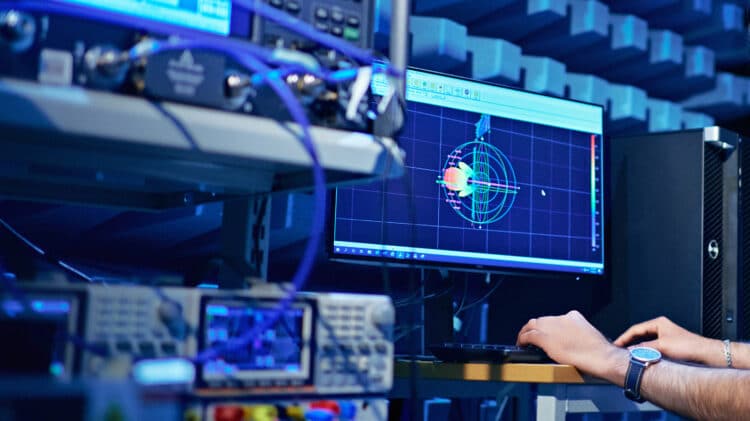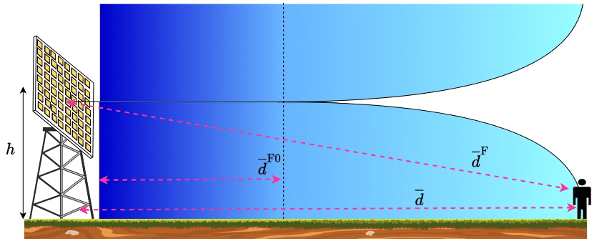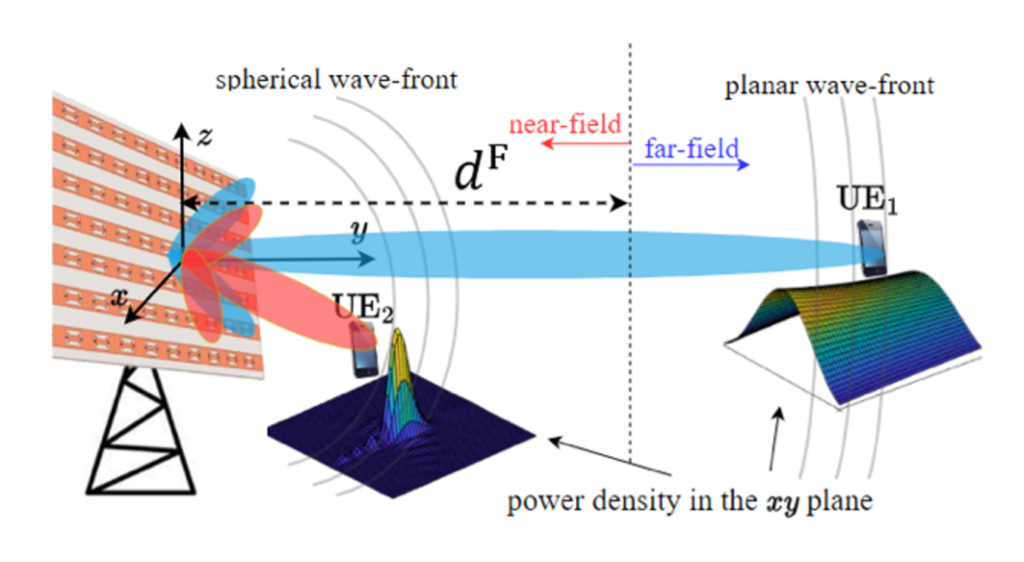
New understanding of the near-field propagation region of phased array antennas
Recent research by Mehdi Monemi, Sirous Bahrami, Mehdi Rasti, and Matti Latva-aho from the University of Oulu has made significant strides in understanding the near-field propagation region for phased array antennas. The study, funded by Business Finland and the Research Council of Finland, provides a detailed analysis of near-field-related boundaries named the Fraunhofer, radial focal, and non-radiating distances of these antennas. This work highlights the need for a deeper understanding of near-field propagation to accurately characterize these boundaries around phased array antennas.
Understanding the boundary between the far field and near field (known as the Fraunhofer) is crucial because, in the near-field region, additional degrees of freedom, such as radial domain beam focusing (pencil-like beam focusing), appear. Usually, in the literature, this boundary between the near field and far field is assumed to be the same for both single-element and phased-array antennas. However, this is not the case, as it depends on relative positions (observation angle). The new research paper addresses this gap and can significantly impact unfolding the potential of additional degrees of freedom of the near field for phased-array antennas.
A new look at the Fraunhofer and Fresnel distance for phased arrays

The boundary between the near-field and far-field regions is called the Fraunhofer distance. This phenomenon has been well studied for single-element antennas along their principal axis. In this case, the Fraunhofer distance is dF0=2D2/λ, where D is the largest dimension of the antenna and λ is the wavelength. However, applying the same concepts to phased arrays uncovers gaps, particularly in off-boresight directions. The authors have fully characterized the Fraunhofer distance for phased arrays in different observation angles. Notably, they demonstrated that the near-field region is practically four times wider than what is perceived based on single-element antenna models.
Similarly, in an extension to this work accepted for IEEE GLOBECOM 2024 Conference, the authors have shown that the Fresnel distance for phased arrays is √8 times higher than that of the single antenna model.
Understanding focusing in the radial domain

Beamforming in the far-field region is only feasible in the angular domain. This study also investigates features of beam focusing in the radial domain, a unique aspect of near-field phased arrays that is absent in the far field. Based on practical near-field channel models, the authors prove that 3D spot beam focusing is feasible for planar array antennas with an extremely large number of elements. For cases where the array size is not very large, they propose a practical beam-focusing algorithm that eliminates the gap between the desired and realised focal points.
Where is the non-radiating region for phased array antennas?
The non-radiating region—where reactive power exceeds active power—is another important boundary in the near-field. Unlike previous studies focused on single-element antennas, this research analytically examines the non-radiating region for phased arrays. The results show that the non-radiating distance is consistently less than half a wavelength, irrespective of the number of array elements and the excitation phase pattern.
Future paths for phased-array exploration
This research opens new avenues for future studies. The fourfold increase in the Fraunhofer distance has significant implications for near-field considerations in 6G networks, where large antenna arrays will play a crucial role. Further research is needed to explore how this extended near-field can support new applications. Discussions around near-field 3D beamfocusing in both angular and radial domains could drive advancements in wireless applications, particularly when array elements become exceedingly large, enabling 3D spot beamfocusing.
Read the Study on Characterization of Near-Field Sub-Regions for Phased-Array Antennas